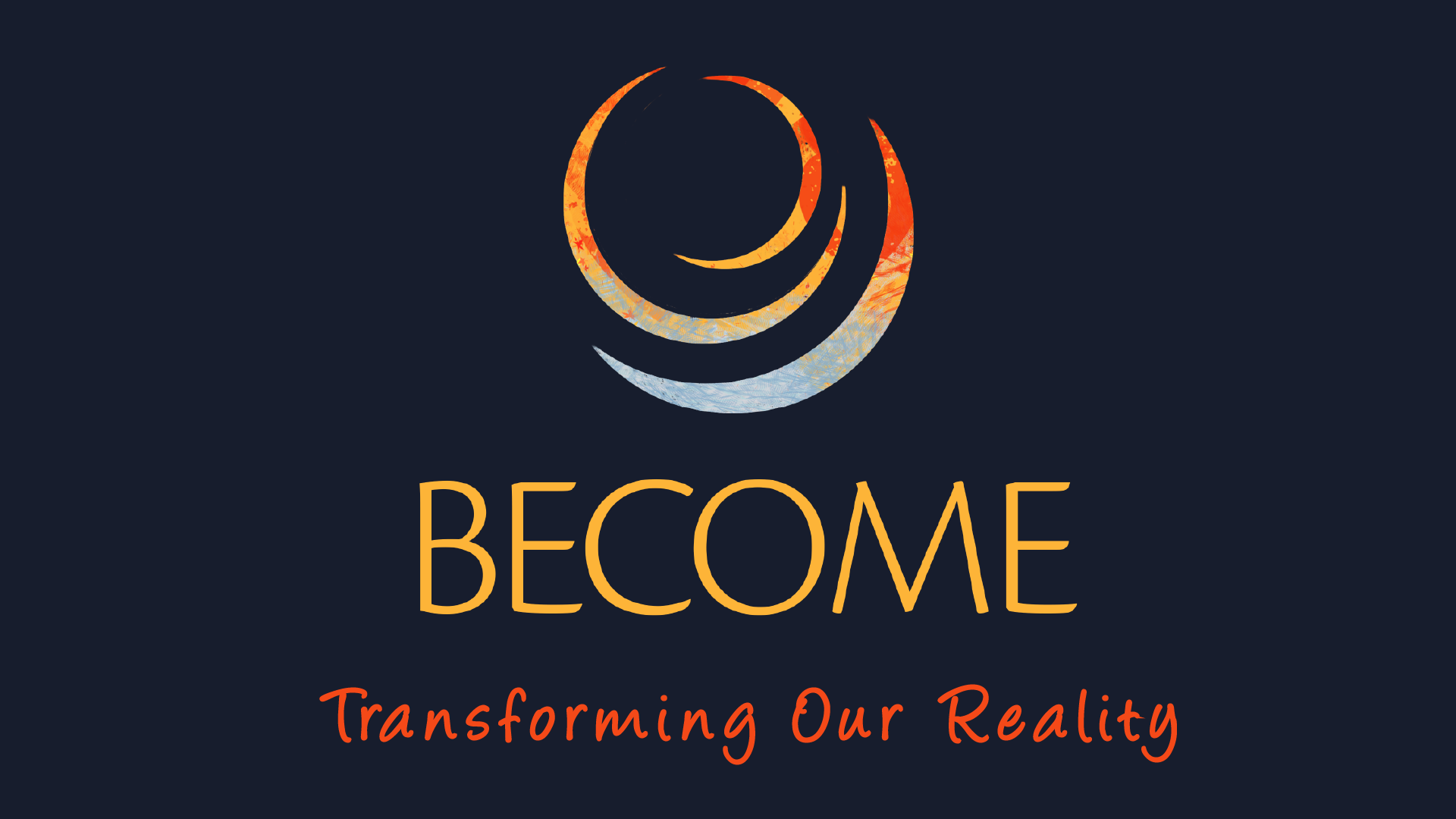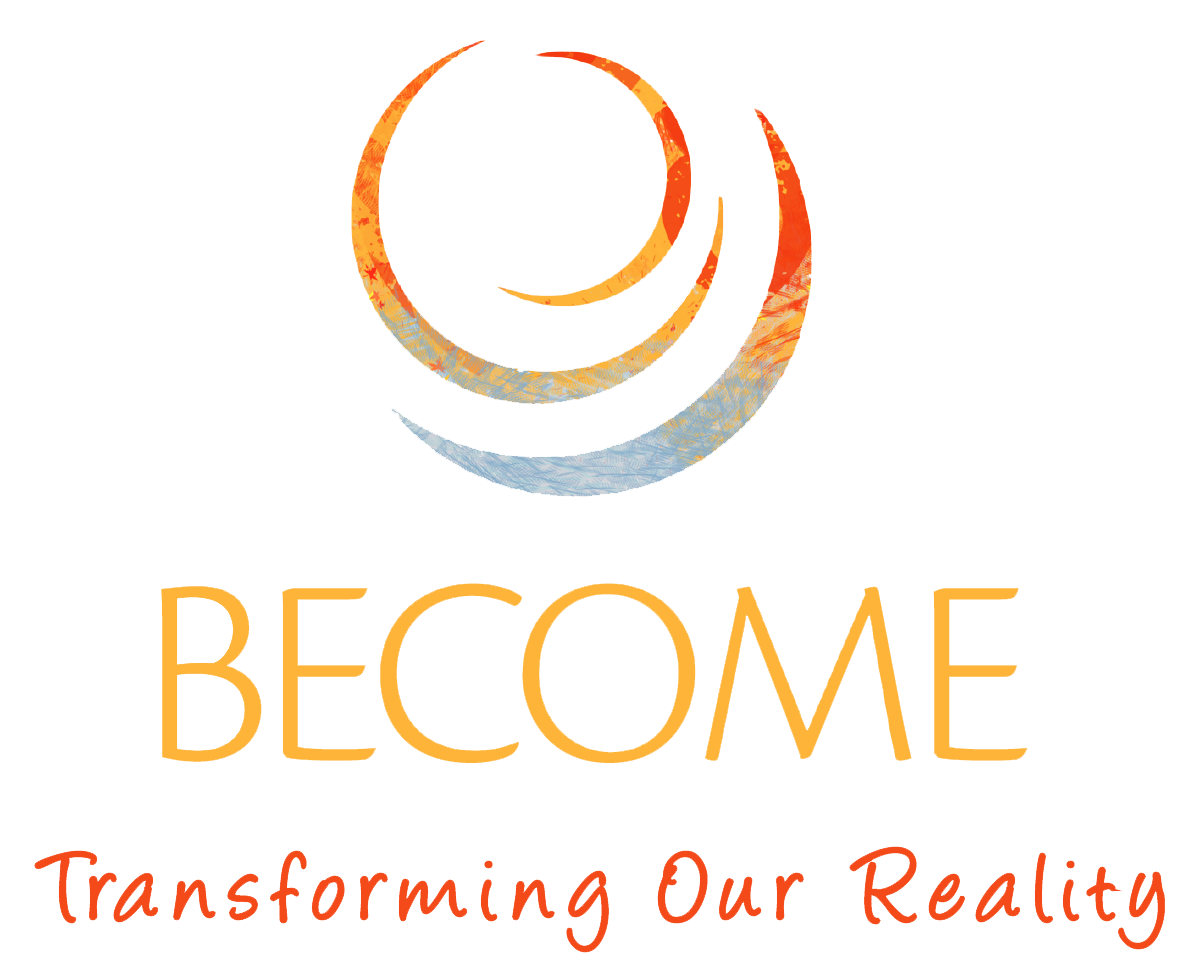
Our Story
“BECOME was founded out of a passion to create social justice and realize the potential of thriving communities. We believe we get there through shifting mindsets, building skills, seeing and using the strengths that are already within communities, and creating movement towards the ideal.”
– Dr. Dominica McBride, Founder & CEO, BECOME
BECOME is a Center for Community Engagement and Social Change. Through culturally responsive evaluation, research and community development, we seek to cultivate a socially just world.

Our Mission
Our Mission
Our Vision
Our Vision
Our Name
Our Name
Our Core Values
BECOME seeks to link means with ends, processes with aspirations, plans with concrete outcomes, and progress with community. We believe that:
- Actualization is the intentional movement to fulfill one’s human potential, living into the highest, biggest self. For us, we see this on the collective level as well. A community has interdependent potential that can be actualized with certain conditions, be it physical, emotional, social, etc. Within the organization, we support our own and each other’s personal and professional growth and see and support a bigger vision for that person and ourselves as a team.
- Love is a consciousness and frequency. It’s the interplay of thoughts, feelings, actions, and vibration. We believe that love exists within each and every person and all around us. It is the active and metaphysical care and perpetuation/support of life and light.
- Transcendence is the ability to imagine, see, and create a situation or reality beyond the current. As much as we can imagine is as much as we can create. This
involves hope, radical imagination, faith, and deep disciplined action. - Truth is “that which is identical to being.” It is layered, from each person’s experience to the community and sociopolitical reality around them to the metaphysical reality around all of us. We are dedicated to seeing, speaking, and living out the truth.
- Unity is the underlying reality – ALL is actually one. We are interdependent, connected, and together, whole. This comes in the form of how we see one another, no matter how different we are, that we see ourselves as each other – “I am because we are” or “I am you, you are me.” We are interdependent with each other, with the earth, and with the cosmological reality around us.

Our Core Philosophy
Our core philosophy is that the community must be at the heart of identifying their capabilities to address their challenges and to create their desired reality.
Culturally Responsive Practice
People in communities around the world have shown great resilience in the face of grim and often painful circumstances, such as poverty, violence and health disparities. Despite their resilience, there has also been a cost to pay either financially, physically, and/or emotionally. Many have wondered, “what are the sustainable solutions?”
Research, science and experience tells us that two important variables hold answers to this question: community and culture. Culturally Responsive Practice offers a collaborative process of reflection and action that incorporates and responds to a community’s unique culture to achieve desired social change, cohesion and equity. Through our services, we apply culturally responsive practices, such as program evaluation, collaboration and training so individuals, organizations and communities can use their strengths and resources to thrive by:
- Placing community members at the center of planning, development and evaluation processes
- Recognizing and facilitating community empowerment
- Understanding communities as people who share lived experiences
- Grounding our work in respecting and uplifting the culture of the community
What do we mean by culture?
Culture is the fabric of life. It’s the theme that runs through humanity. Culture is how people in a group relate to themselves, things, and others, and is influenced by shared norms, values, language, beliefs, practices, rituals, and traditions. It often guides behaviors, cognitions, decisions, institutions, and governances. Taking into account the culture of the people, institutions, and communities involved in the evaluation or project is essential to understanding the people and context for change.
Our Community Transformation Approach
Just as there is an innate ability inside of the caterpillar to know how to transform into a beautiful butterfly, we believe that individuals have the answers to transform their communities – and by extension, the broader society – to become socially cohesive, physically healthy, emotionally intelligent, and financially stable.
Our revolutionary approach to community transformation is called Culturally Responsive Community Development (CRCD). We believe the community has the answers to solve the community’s problems. By building relationships with community members, we work on three levels: community/resident groups (e.g., block clubs), institutions (e.g., schools, churches, community centers, hospitals, police), and decision makers (e.g., alderman, mayor, state reps). Through this model, we concentrate all of our services in a neighborhood and partner with them for the long-term until their vision of a thriving community is realized.





